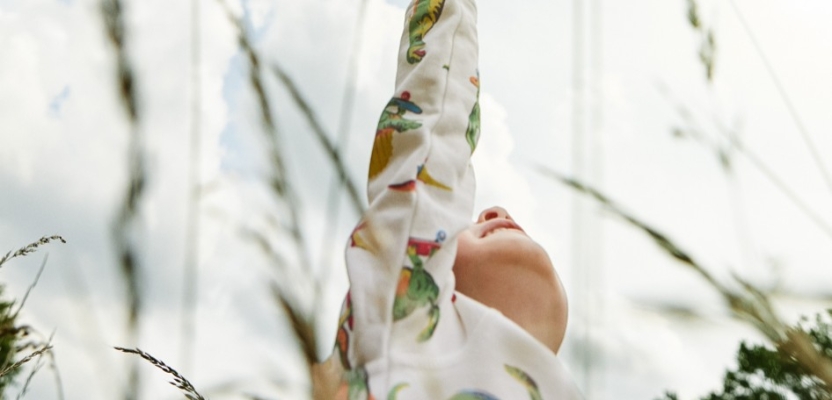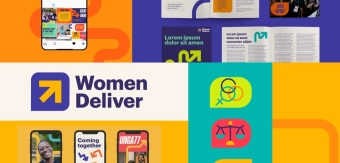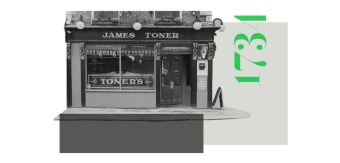It should go without saying that the creative industries have the potential and the responsibility to reflect and celebrate the diversity of society, and to challenge and transform the status quo. However, according to a report by the Creative Industries Federation, the creative workforce in the UK is less diverse than the wider UK workforce, and even less diverse than the economy as a whole.
For instance, only 13% of the creative workforce are from Black, Asian, and minority ethnic (BAME) backgrounds, compared to 16% of the wider UK workforce and 18% of the creative economy. Similarly, only 11% of the creative workforce are disabled, compared to 14% of the wider UK workforce and 15% of the creative economy.
These statistics reveal an urgent need to foster diversity in the next generation of creatives, who will shape the future of the creative industries and society at large. But how can we do that without pandering?
“Agencies should work with charities and organisations who are focused on mentorship programmes, volunteering, internships, and coaching. They can also provide talks at schools or youth clubs to reach young people from disadvantaged backgrounds. Companies can provide experience within the creative industry, educating and sharing knowledge with the next generation in a way that some people may not have access to typically.” Linda Nguyen, Human Resources Manager @ Waste Creative
Promote access and opportunity for underrepresented groups
One of the main barriers to diversity in the creative industries is the lack of access and opportunity for people from underrepresented groups, such as BAME, disabled, LGBTQ+, low-income, or rural communities. These groups often face challenges such as discrimination, bias, stereotypes, and lack of resources, networks, and role models, which prevent them from pursuing and succeeding in creative careers.
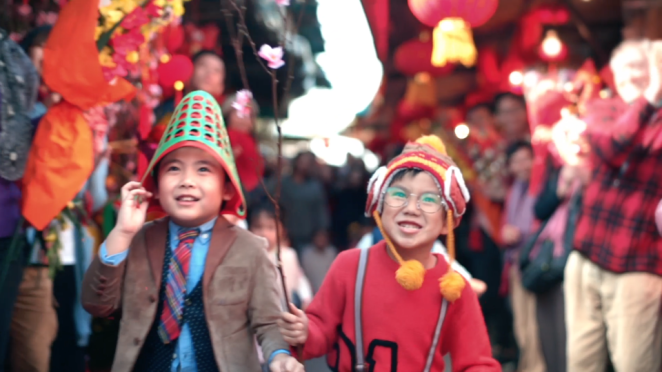
Andreas Krasser
To overcome these barriers, we need to promote access and opportunity for these groups, by providing scholarships, bursaries, grants, internships, mentorships, and other forms of support, as well as by creating inclusive and accessible spaces, platforms, and programs that showcase and celebrate their talents and voices.
Encourage education and awareness on diversity and inclusion
Another barrier to diversity in the creative industries is the lack of education and awareness on diversity and inclusion, both within and outside the sector. Many people are unaware of the benefits and challenges of diversity, the experiences and perspectives of different groups, and the ways to foster a culture of respect, empathy, and collaboration.
To address this gap, we need to encourage education and awareness on diversity and inclusion, by integrating these topics into the curriculum, training, and professional development of creative students, teachers, and practitioners, as well as by engaging the public and the policymakers in dialogue and advocacy on these issues.
Embrace diversity as a creative asset and a competitive advantage
A third barrier to diversity in the creative industries is the perception of diversity as a problem or a burden, rather than an asset or an advantage. Many people view diversity as a box-ticking exercise, a compliance issue, or a token gesture, rather than a source of inspiration, innovation, and excellence.
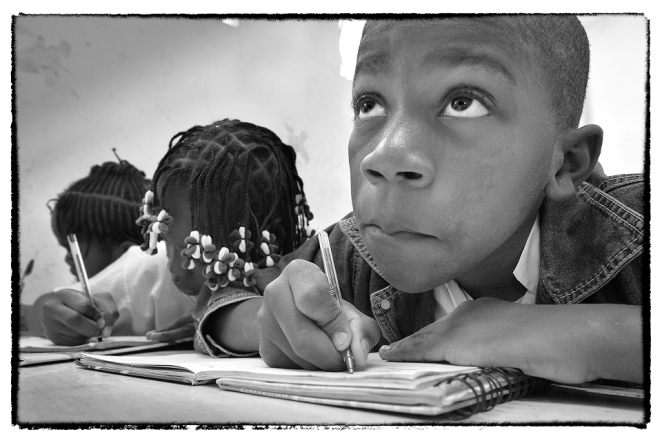
The Artist as Photographer
To change this mindset, we need to embrace diversity as a creative asset and a competitive advantage, by demonstrating and communicating the value and impact of diversity, both in terms of artistic quality and social relevance, as well as in terms of economic growth and global influence.
Second Opinions

Andy Hammond, Creative Director @ Maverick Media
Arts subjects in schools don’t contribute to the performance measures that direct how funding is distributed. So, when efficiencies need to be made in school budgets, the arts subjects get pared back. This means that only those that can afford to participate in the arts are given the space and time to do it. Tuition happens privately, and making the time to be creative is seen as a luxury.
That being said, I don’t believe including these subjects in how schools are evaluated is necessarily the answer, because shifting the way we look at the arts to a list of tick boxes would immediately stifle any creativity.
Instead, what we need is a fundamental perspective shift. One that values the process of being creative, without defining it by its outputs. We also we need to have faith in the innate potential of all children to create value for themselves, without a map of signposts they need to follow in order to reach a destination we already know exists.
Simply by designating creative time in schools, where students are offered feedback, but where their time isn’t ruled by assessments and textbooks, we will show children that we believe in their potential to create something of value. Perhaps, if more children were given this show of faith, we would see a much wider array of creatives entering the space.
We don’t need them to create something that changes the world between the ages of 6 and 16. We just need to give them the courage to keep going until they do.

